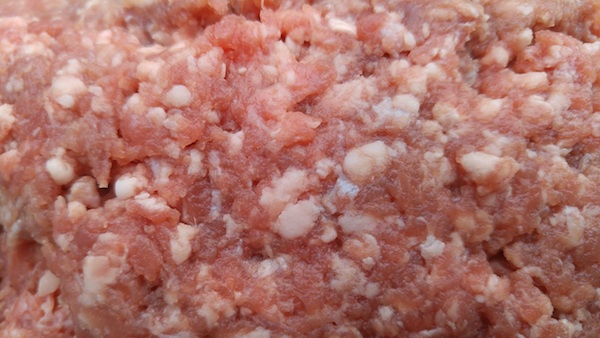Effect of Feeding Distillers Grains and Supplementing with Dietary Antioxidants on Ground Beef Shelf Life and Fatty Acid Profile
September 2016

The following article is a summary of research conducted by University of Nebraska meat scientists evaluating dietary impacts on ground beef shelf life and fatty acid profile. The original article can be found in the 2016 Nebraska Beef Report pages 164-166.
Producers often spend a lot of time studying nutrition, management, and reproductive protocols that will increase herd production and efficiency. However, producers are often not as familiar with the impacts feeding regimes have on the end product the consumer receives.
Previous research with steaks indicated that feeding wet distillers grains plus solubles (WDGS) increased the concentration of poly unsaturated fatty acids and decreased oxidative stability (i.e. the fats in the meat become brown and turn rancid more quickly). Grinding meat to make it into hamburger disrupts membranes, increases oxygen exposure and therefore increases the rate of lipid oxidation which in turn will reduce the shelf life of the product.
Therefore, the authors of this research wanted to evaluate how adding antioxidants to the diet during the finishing period of cattle fed WDGS impacted ground beef. Cattle were fed either a corn based control diet containing no WDGS and no antioxidants, or diets with WDGS (30% on a dry matter basis), or WDGS and antioxidants (in the form of vitamin E).
Cattle fed the control diet had the lowest concentrations of poly unsaturated fatty acids in ground beef. The cattle fed WDGS with antioxidants were intermediate between the control and the WDGS diets.
Ground beef from the control diet had greater lipid oxidation (resulting in more discoloration) after 3 days of retail display than treatments containing vitamin E, while ground beef from cattle fed WDGS without antioxidants was similar to those with antioxidants.
The authors concluded that feeding vitamin E could reduce some oxidation in ground beef, thus increasing the shelf life of the ground beef.
Reference
The original article can be found in the 2016 Nebraska Beef Report pages 164-166.
Brandy D. Cleveland
Gary A. Sullivan
Summarized by Karla Jenkins, Nebraska Extension Cow/Calf, Range Management Specialist
University of Nebraska–Lincoln